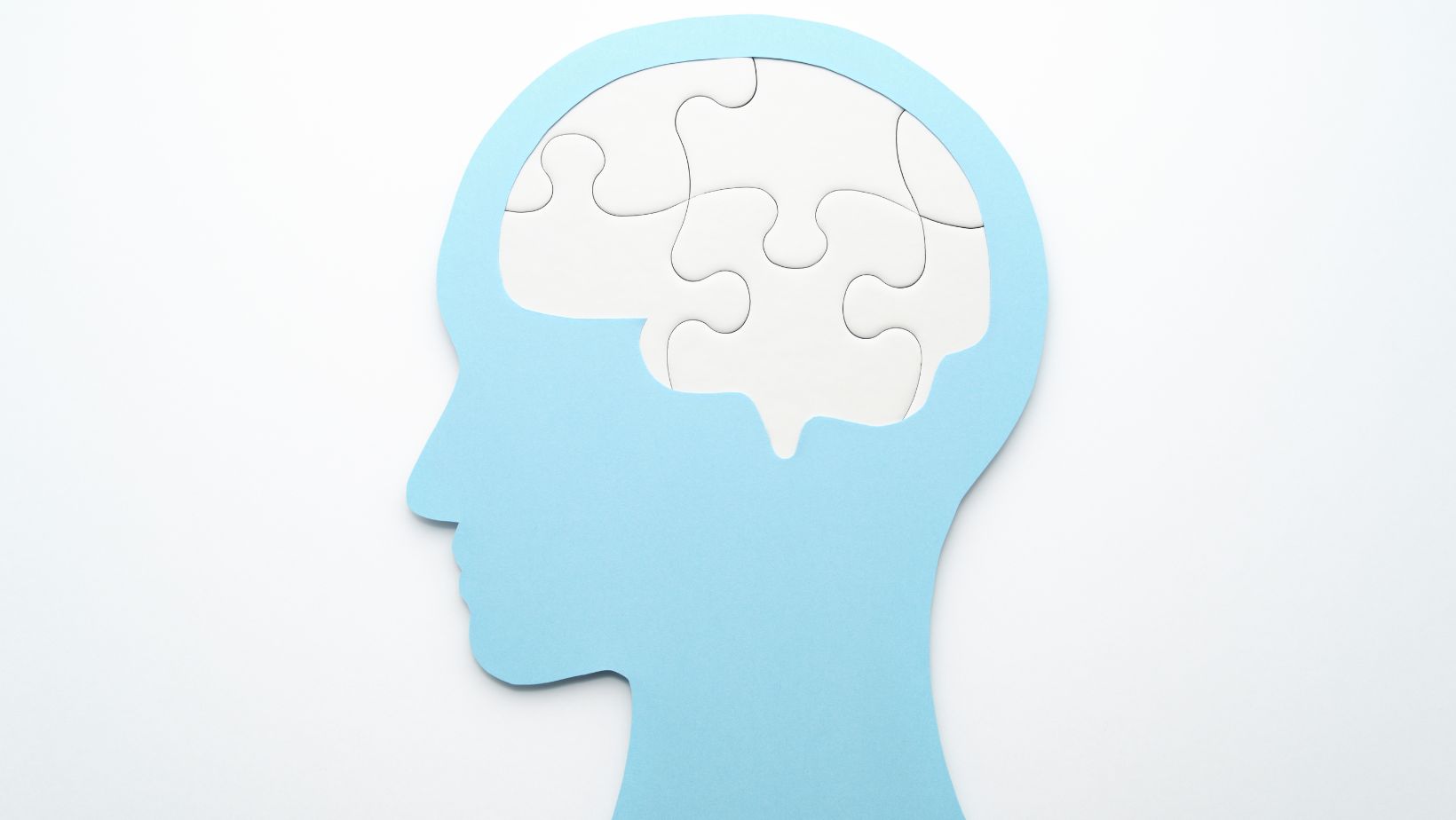Mentally Grouping Items by Color, Texture, Size or Shape is an Example of?
When it comes to organizing and categorizing items, our minds often employ various strategies. One common method is mentally grouping items based on their color, texture, size, or shape. This cognitive Lyncconf Gaming process allows us to make sense of the world around us and quickly identify similarities and differences between objects.
By grouping items based on shared characteristics, we can enhance our ability to remember and recall information. For example, when organizing a closet, you might group clothes by color or season for easy retrieval. Similarly, in a grocery store, fruits and vegetables are often displayed together based on their category.
There are several other ways we can mentally group items depending on the context. Some people naturally group things by function or purpose – such as keeping all cooking utensils together in the kitchen. Others may group items based on their location or usage frequency – placing frequently used items within easy reach.
Overall, mentally grouping items by color, texture, size, or shape is just one method among many that our brains use to create order and structure in our surroundings. Understanding these strategies can help us better organize our lives and improve our cognitive abilities. What does it mean when we mentally group items by color, texture, size, or shape? It’s an example of cognitive organization. Our brains naturally seek patterns and connections to help us make sense of the world around us. When we group items based on their shared characteristics, it allows for faster and more efficient processing of information.
Benefits of Mentally Grouping Items
Mentally grouping items by color, texture, size or shape can offer several benefits that enhance our cognitive abilities and make tasks more efficient. Here are some key advantages of this organizational strategy:
- Enhanced Visual Perception: When we mentally group items based on their visual characteristics, it helps us perceive patterns and relationships more easily. Our brain naturally seeks order and structure, so grouping similar items together allows us to quickly identify similarities and differences among objects.
- Improved Memory Retention: Categorizing items mentally provides a framework for organizing information in our minds. By associating related items with specific groups or categories, we create mental hooks that aid in memory recall. This technique can be especially useful when trying to remember complex sets of data or multiple pieces of information.
- Efficient Decision Making: Grouping similar items mentally allows us to process information faster and make decisions more efficiently. By clustering related objects together, we can quickly evaluate options within each group and compare them against one another. This approach streamlines the decision-making process by reducing the cognitive load required for analysis.
- Heightened Creativity: Engaging in mental grouping exercises stimulates creative thinking as it encourages us to see connections between seemingly unrelated objects or ideas. By rearranging groups based on different criteria or combining elements from various categories, we can generate fresh perspectives and innovative solutions.
- Effective Problem Solving: Mentally organizing items into groups facilitates problem-solving by providing a structured approach to breaking down complex issues into manageable components. It enables us to focus on specific aspects of a problem while ignoring irrelevant details, leading to clearer insights and more effective problem-solving strategies.
- Time-Saving Organization: When faced with large quantities of information or physical objects, mentally grouping them can save time and effort in locating specific items later on. Whether it’s organizing files on a computer or arranging tools in a workshop according to their functions, mentally grouping items helps us create an efficient system of organization that promotes productivity.

Common Ways to Mentally Group Items by Color
When it comes to mentally grouping items, one of the most common methods is by color. Our brains are wired to perceive and categorize objects based on their hues, making color a powerful tool for organization. Here are some common ways people utilize this method:
- Categorizing by color family: One approach is to group items together based on their overall color family. For example, you might gather all the red items in one group, the blue items in another, and so on. This method allows for quick visual identification and can be particularly useful when organizing clothing or art supplies.
- Creating gradients or spectrums: Another way to mentally group items by color is to arrange them in a gradient or spectrum. This method involves arranging objects from one shade or hue to another in a smooth transition. It can be especially effective when organizing things like paint swatches, fabrics, or even books.
- Using contrasting colors: Sometimes, grouping items with contrasting colors can create an eye-catching and visually appealing effect. Pairing complementary colors (those opposite each other on the color wheel) can help highlight differences while maintaining a sense of cohesion within a collection.
- Employing color coding systems: Many people use color coding systems as a way to organize various aspects of their lives efficiently. Whether it’s using colored labels for files at work or assigning specific colors to different subjects in school, this method allows for quick recognition and easy retrieval of information.
- Associating emotions with colors: In addition to practical organization purposes, individuals often associate certain emotions or moods with particular colors. For instance, they might group calming items together using cool tones like blues and greens while reserving vibrant hues like reds and yellows for energizing objects.

